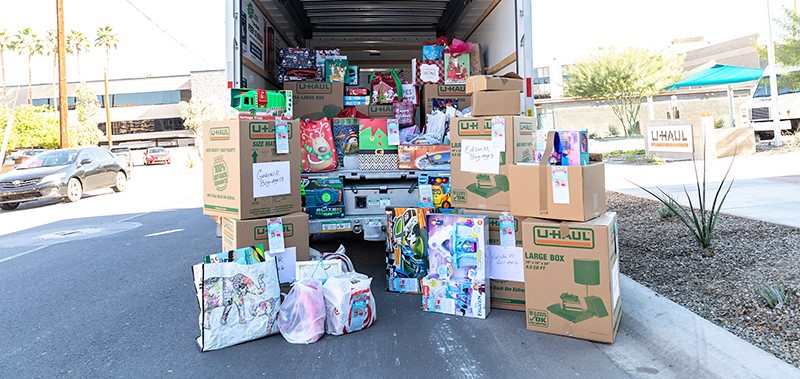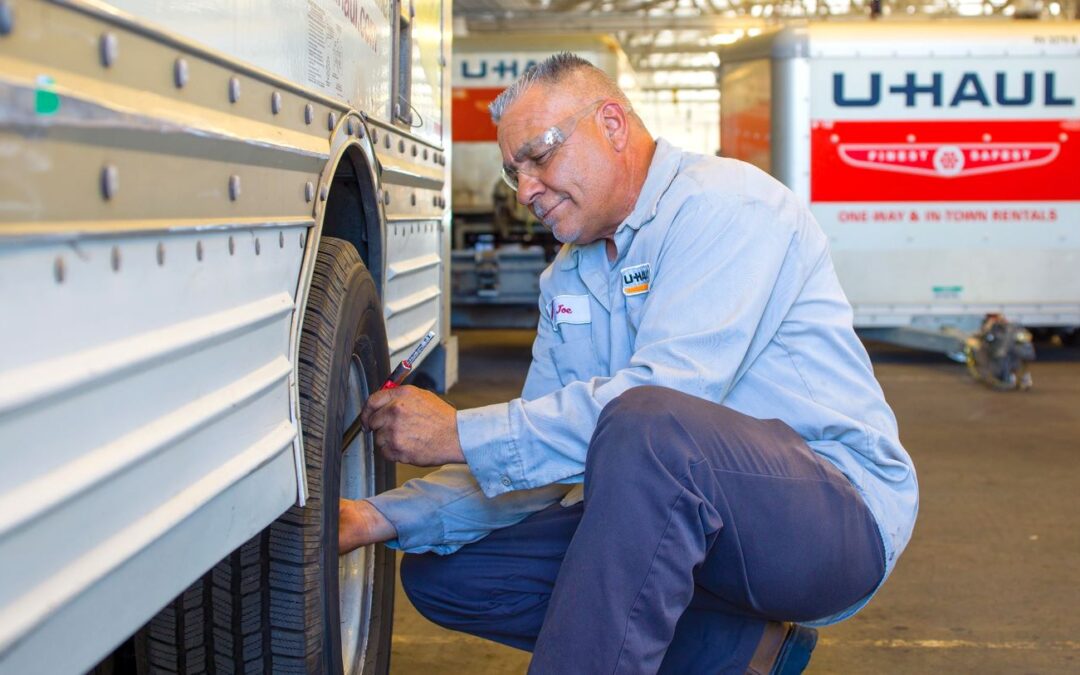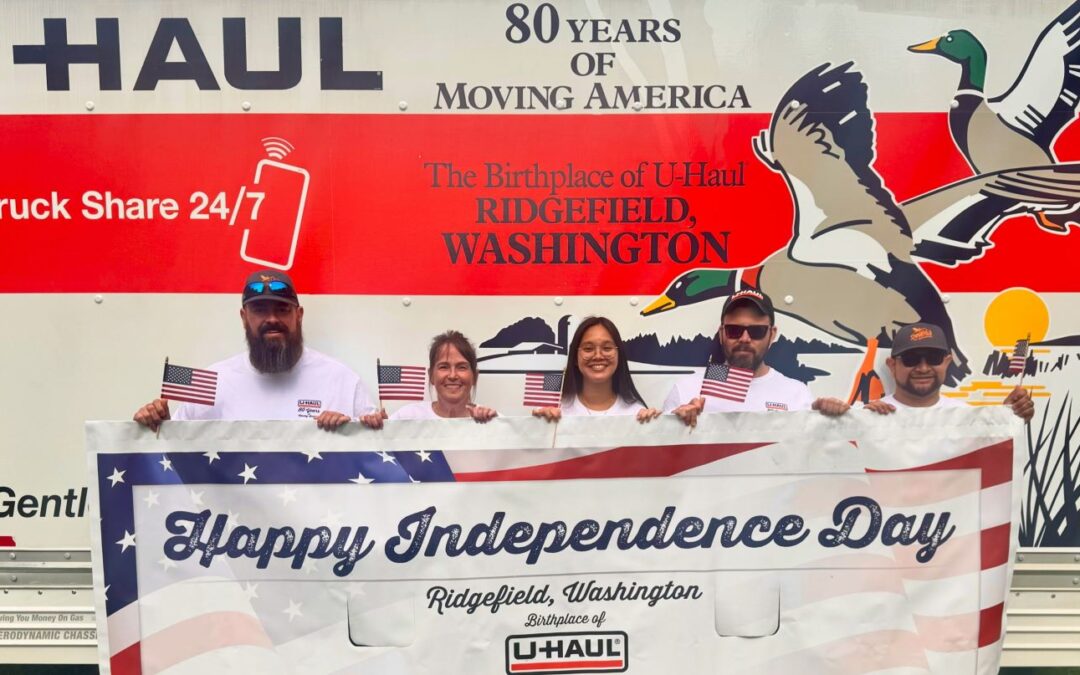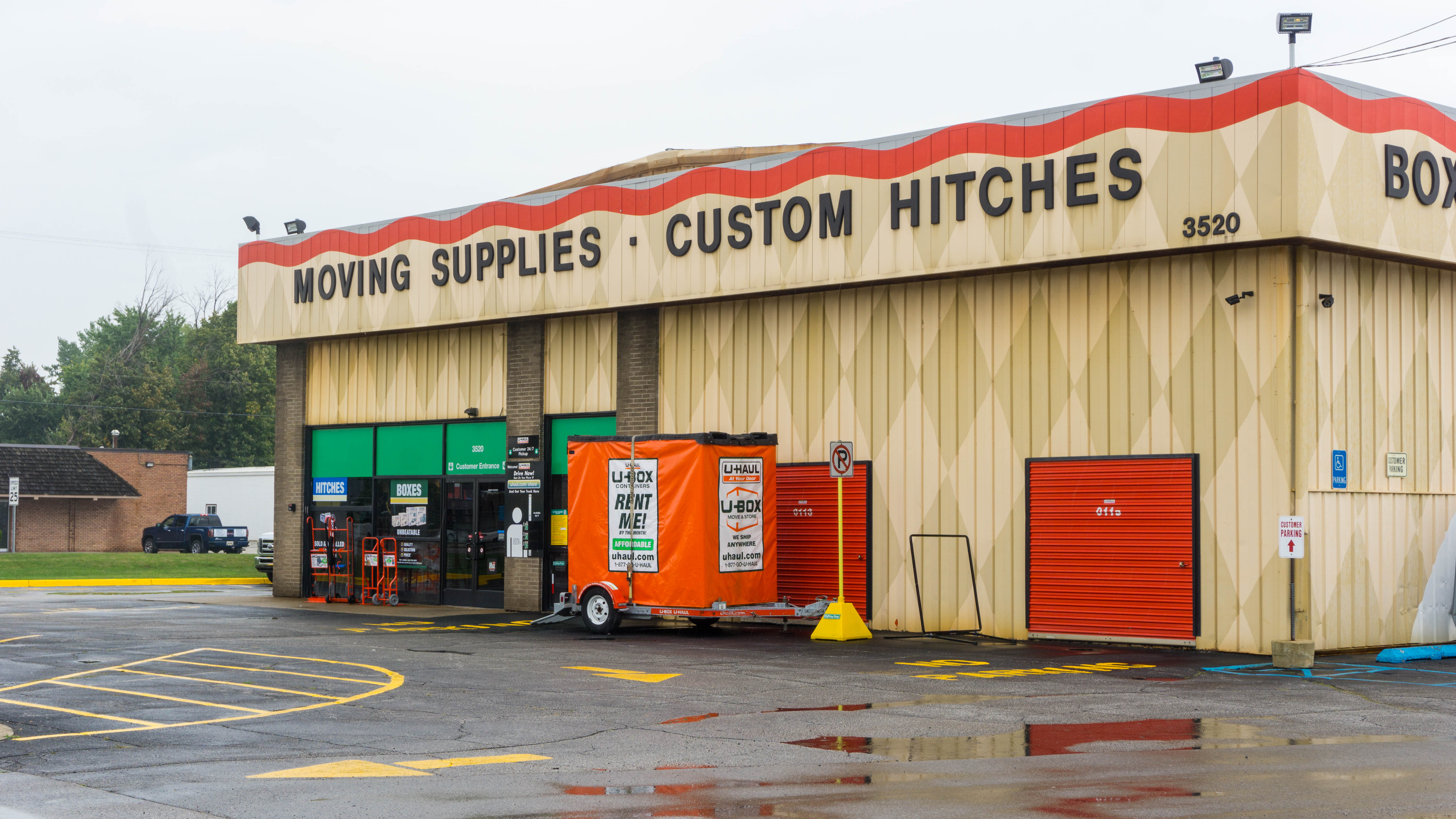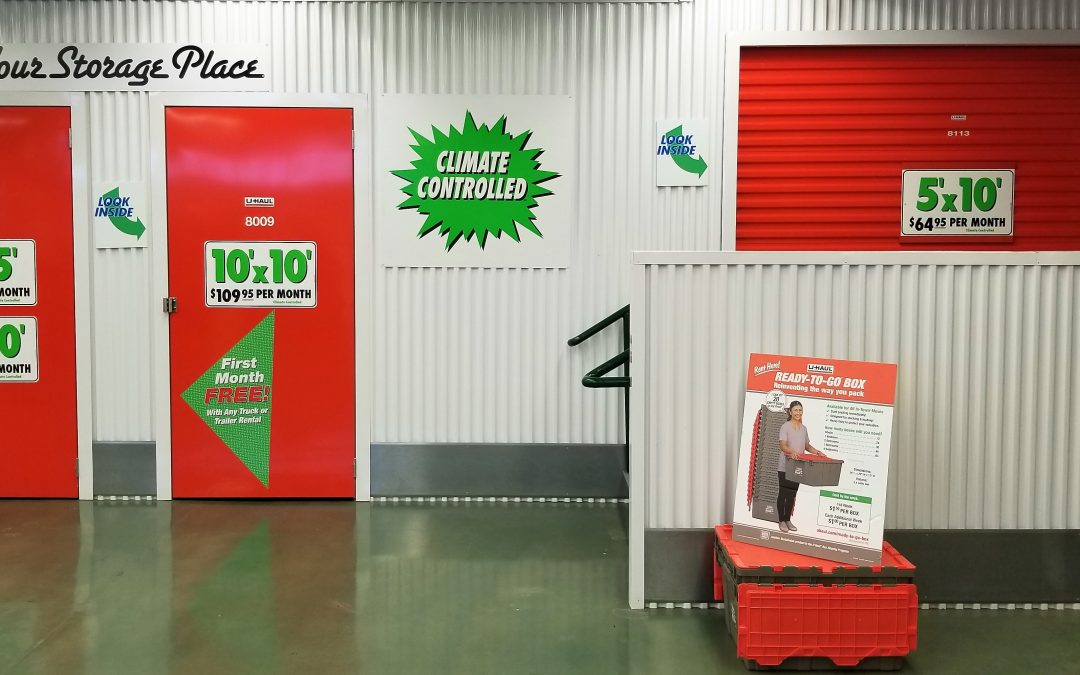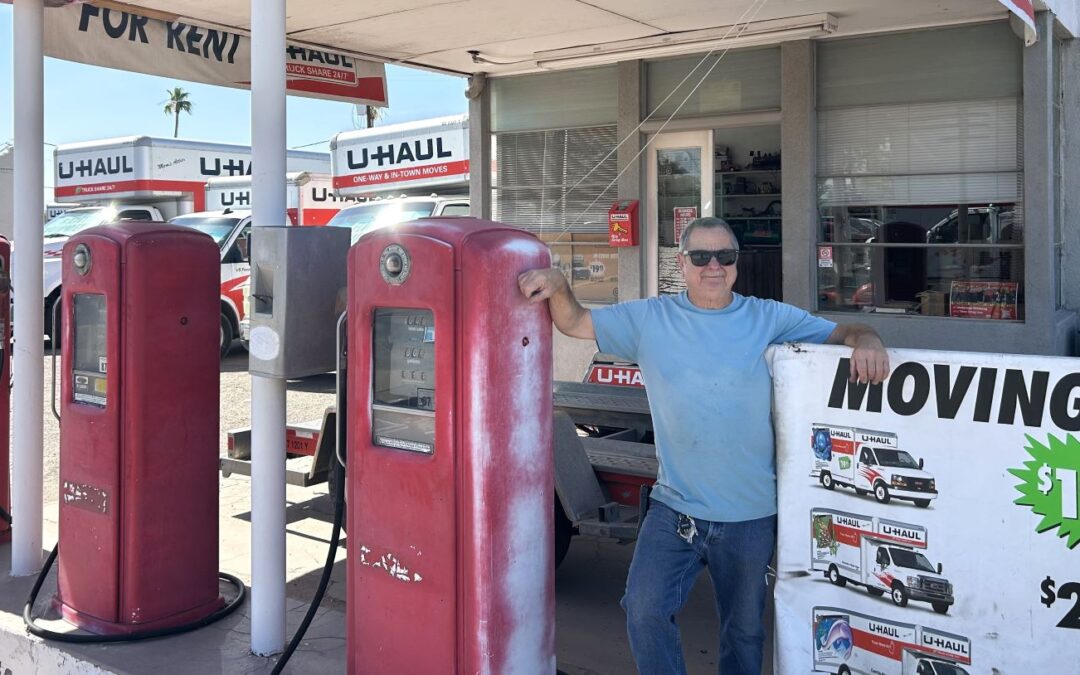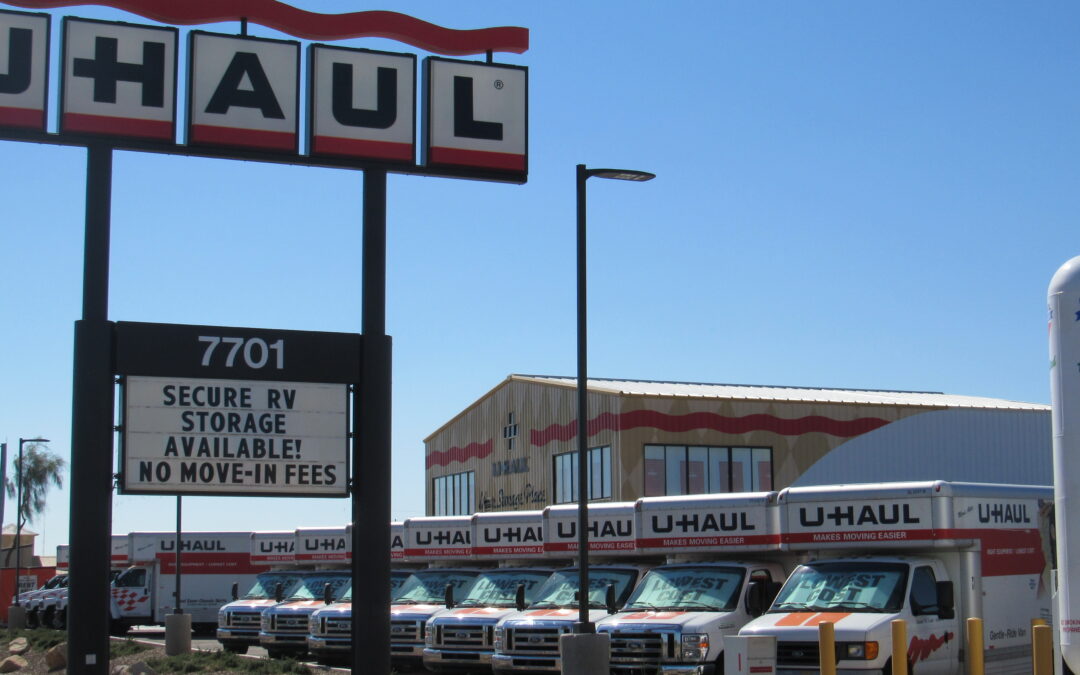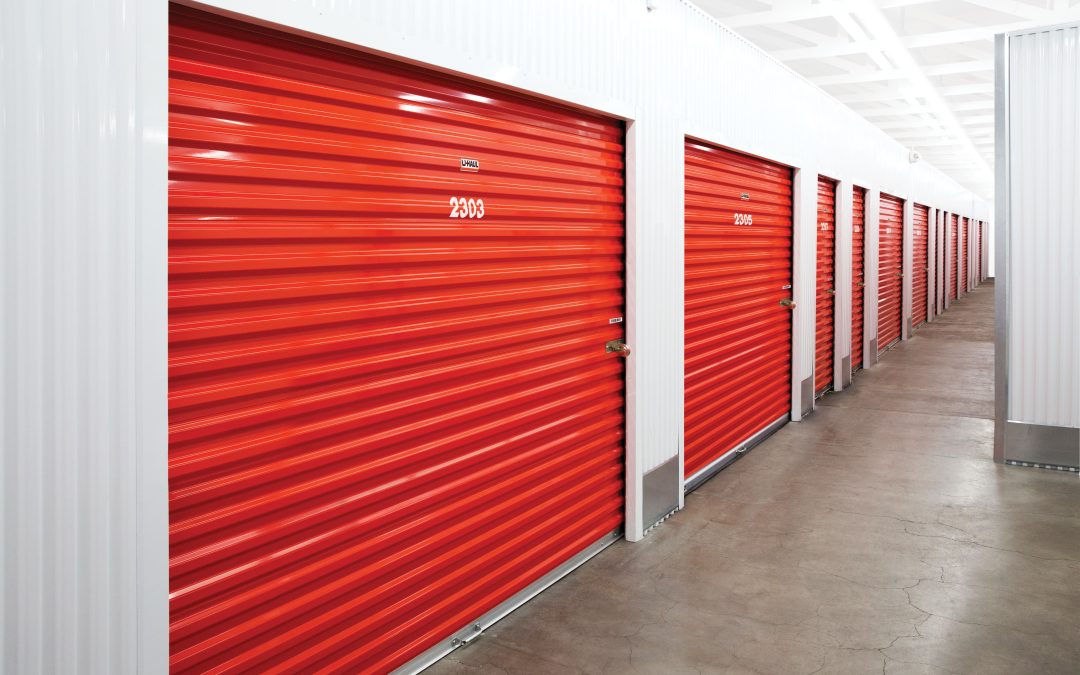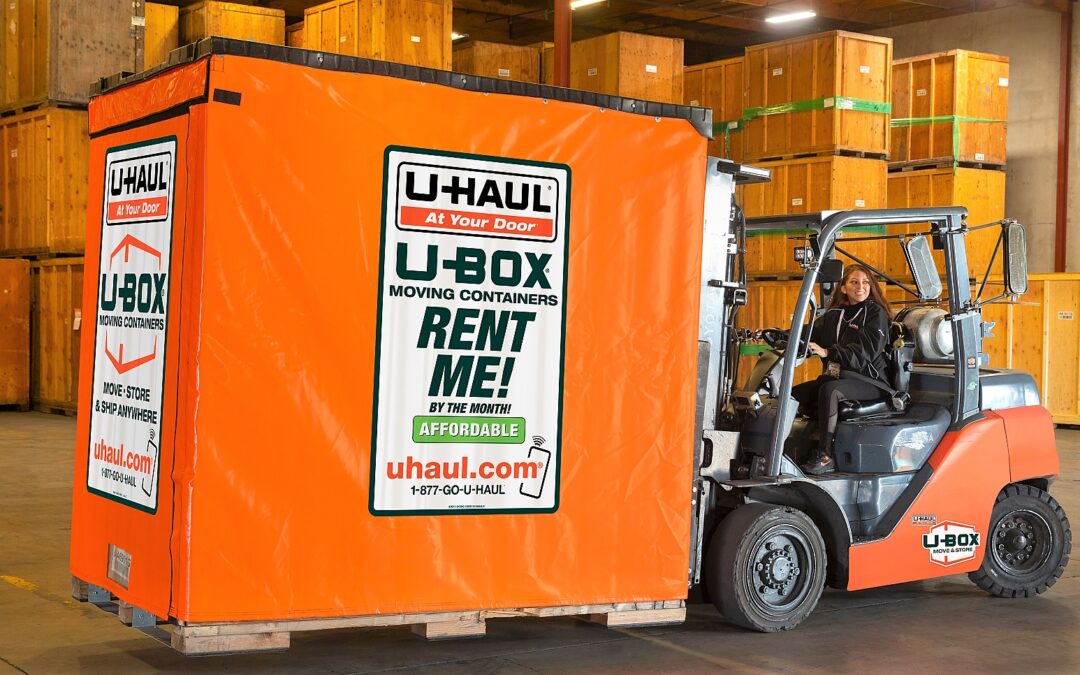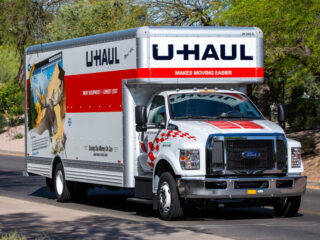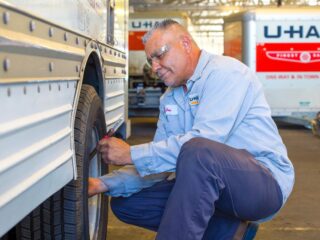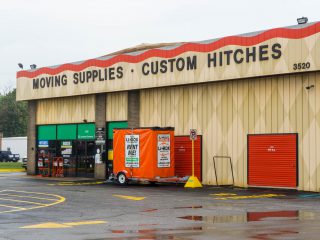“We are coming back, and we are coming back strong.” said Robin Boyle, an urban studies professor at Wayne State University, when we talked about the long-term economic development and business investment opportunity in Detroit. I took a trip to visit our Detroit location a couple of weeks ago, and met with key members of the community to discuss sustainability. Often, when people talk about this city, it’s about everything bad that can happen to a city happened to Detroit. On the one hand, the downtown and midtown area is home to some of the country’s premier urban learning institutions, medical facilities and museums, and offers a beautiful urban landscape unlike any typical metro city in North America. On the other hand, after only one minute outbound driving from the midtown, you can see another urban scene near total decay- abandoned schools and homes, demolished grand buildings used to be historic landmarks of the city, and all its lost grandeur.
The city of Detroit and its suburbs grew because of the might of the industrial revolution. It led the nation, and perhaps the world, in the development of a stable, prosperous blue-collar middle class. Perhaps only New York and Chicago have more extensive arrays of architecturally significant buildings and public sculptures than Detroit. Driving up Woodward and down Jefferson, you can see much more of the amazing architecture around town. Although experiencing massive population loss and urban decay, the beauty of the city’s architecture is still visible amid the decrepitude. It is important to revitalize these buildings to lead community redevelopment and economic rebirth.
“Being a part of revitalizing Detroit is something that’s incredible.” said Sue Mosey, president of Midtown Detroit, Inc., one of the most active local NGOs working to enhance public awareness, appreciation and revitalization of the Midtown/New Center neighborhood of Detroit. I spent a beautiful and sunshiny morning with Sue discussing how U-Haul can support a sustainable redevelopment of the community. The U-Haul investment in the area is pretty much similar to infrastructure investments. I can feel a growing optimism about the future of Detroit and its suburbs all through the district. We want to encourage people who recognize the challenges facing the region to roll up their sleeves and help make good things happen.
Professor Boyle, also the chair of Department of Urban Studies and Planning at Wayne State, was excited about our investment plan towards a revitalization of the NBC building at 899 West Baltimore Ave in New Center. In a meeting with Professor Boyle and two of his colleagues, Professor Ding and Professor Mohamed, we discussed how U-Haul’s sustainable business practices can help move people and local economic development to this area. Our revitalization initiative can set up a role model for increasing the productivity of an existing infrastructure, adaptive reuse of an abandoned building, promotion of public transit, and shared use of products and services in instances when the ownership of a product does not make economic and environmental sense, such as owning a large pick-up truck.
In a city that is facing both urban decay and thriving neighborhoods, we would like to fund faculty or student-intern research at Wayne State to focus on bringing the grandeur of the city back. It calls for your input on these interesting topics:
What type of business do the neighborhoods really need to bring people back? Do we really need more investment on public transit in the Midtown/New Center area? Tell us!
– Allan
Allan Yang, Ph.D. & MBA – Director of Corporate Sustainability at U-Haul International, Inc.





